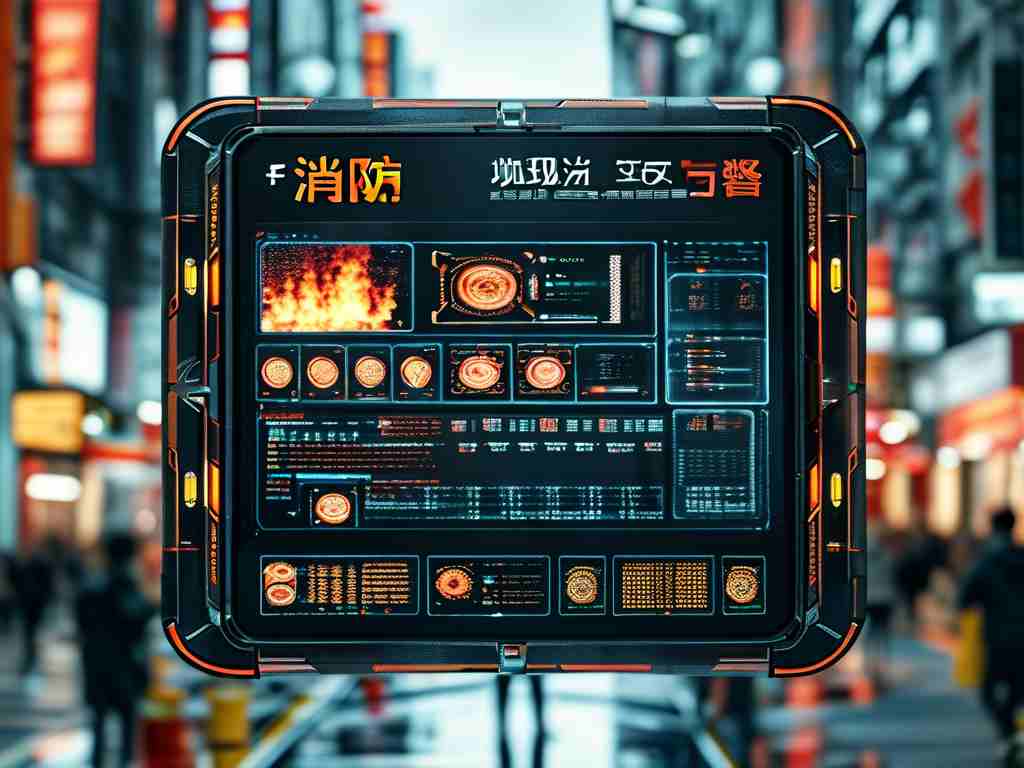The intersection of artificial intelligence and hardware engineering has given rise to innovative platforms like NVIDIA's Jetson series. A recurring question among developers is whether working with Jetson modules qualifies as embedded systems development. To answer this, we must examine the core characteristics of embedded engineering and evaluate how Jetson-based projects align with these principles.

Defining Embedded Systems Development
Embedded systems are specialized computing solutions designed to perform dedicated functions within larger mechanical or electronic systems. They typically prioritize reliability, real-time performance, and resource efficiency over general-purpose computing capabilities. Traditional embedded development involves working with microcontrollers (MCUs) or system-on-chip (SoC) devices that have strict limitations in processing power, memory, and energy consumption.
Key aspects of embedded engineering include:
- Hardware-software co-design
- Direct peripheral interfacing
- Real-time operating systems (RTOS)
- Optimization for constrained resources
The Jetson Platform's Architecture
NVIDIA Jetson modules combine GPU-accelerated computing with ARM-based processors, creating a hybrid architecture that bridges the gap between embedded systems and high-performance computing. The latest Jetson Orin series delivers up to 275 TOPS of AI performance while maintaining a compact form factor comparable to traditional embedded hardware.
# Sample code for Jetson GPIO control import Jetson.GPIO as GPIO GPIO.setmode(GPIO.BOARD) GPIO.setup(7, GPIO.OUT) GPIO.output(7, GPIO.HIGH)
This Python snippet demonstrates basic GPIO control – a fundamental task in embedded development – proving that Jetson maintains compatibility with traditional embedded programming paradigms.
Embedded Characteristics in Jetson Development
-
Resource Constraints: While Jetson devices offer more computational power than typical MCUs, developers must still optimize for thermal limits (10-30W TDP) and memory bandwidth.
-
Real-Time Requirements: Applications like autonomous robots and industrial automation using Jetson often require deterministic response times, achieved through techniques like CPU pinning and interrupt handling.
-
Hardware-Software Integration: Successful Jetson projects require understanding of sensor interfaces (I2C/SPI/UART), power management, and thermal design – skills central to embedded engineering.
Divergence from Traditional Embedded Workflows
The primary distinction lies in the scale of computational capabilities. Jetson's CUDA cores and AI accelerators enable complex machine learning tasks that would be impractical on conventional embedded hardware:
// CUDA kernel example for Jetson
__global__ void matrixMul(float* A, float* B, float* C, int N) {
int row = blockIdx.y * blockDim.y + threadIdx.y;
int col = blockIdx.x * blockDim.x + threadIdx.x;
if (row < N && col < N) {
float sum = 0.0f;
for (int k = 0; k < N; k++) {
sum += A[row * N + k] * B[k * N + col];
}
C[row * N + col] = sum;
}
}
This GPU programming capability expands the scope of embedded applications but requires developers to master parallel computing concepts not typically needed in MCU-based projects.
Industry Applications and Validation
Leading organizations classify Jetson development as embedded engineering when deployed in:
- Edge AI vision systems
- Robotic control units
- Smart city infrastructure
- Aerospace avionics
The JetPack SDK provides Linux-based tools that maintain compatibility with embedded development practices while adding AI-specific libraries like TensorRT and DeepStream.
Skill Set Requirements
Competent Jetson developers need both traditional embedded skills and new competencies:
Core Embedded Skills
- Circuit analysis
- Low-level debugging
- Power optimization
Jetson-Specific Skills
- CUDA programming
- Neural network optimization
- Multi-sensor fusion
This hybrid skill profile positions Jetson development as an advanced subset of embedded systems engineering rather than a separate discipline.
Jetson development qualifies as embedded systems engineering when projects emphasize hardware integration, resource constraints, and dedicated functionality. While its AI capabilities extend beyond conventional embedded boundaries, the fundamental engineering principles remain rooted in embedded practices. As edge computing evolves, the definition of embedded systems naturally expands to encompass platforms like Jetson that combine traditional constraints with modern computational capabilities.
The classification ultimately depends on implementation context – a Jetson module running custom firmware for a dedicated industrial controller is undeniably embedded, while the same hardware powering a general-purpose AI server leans toward cloud-edge hybrid computing. Developers should focus on applying embedded engineering rigor regardless of platform labels.









